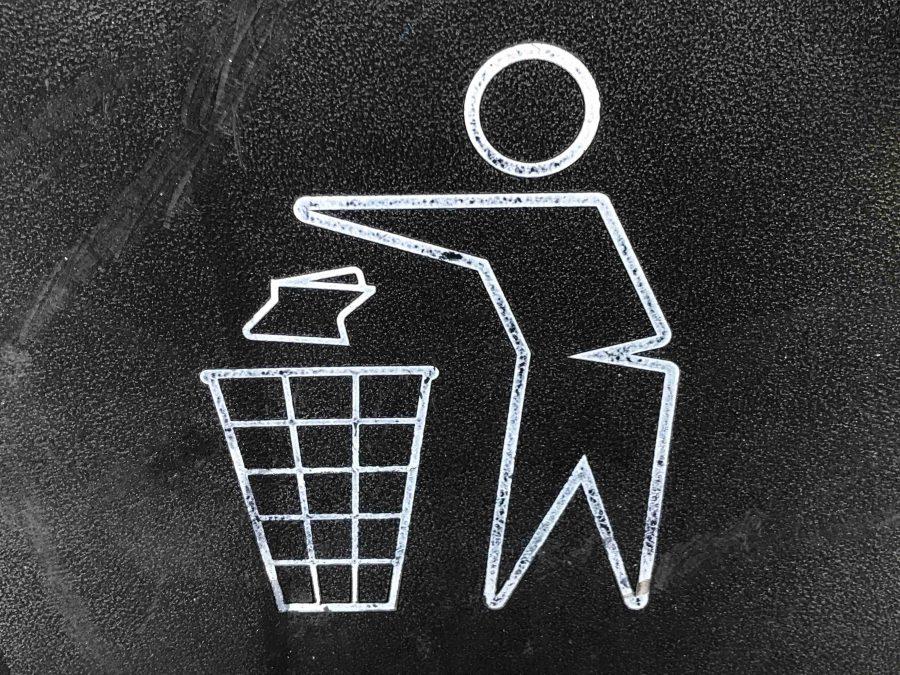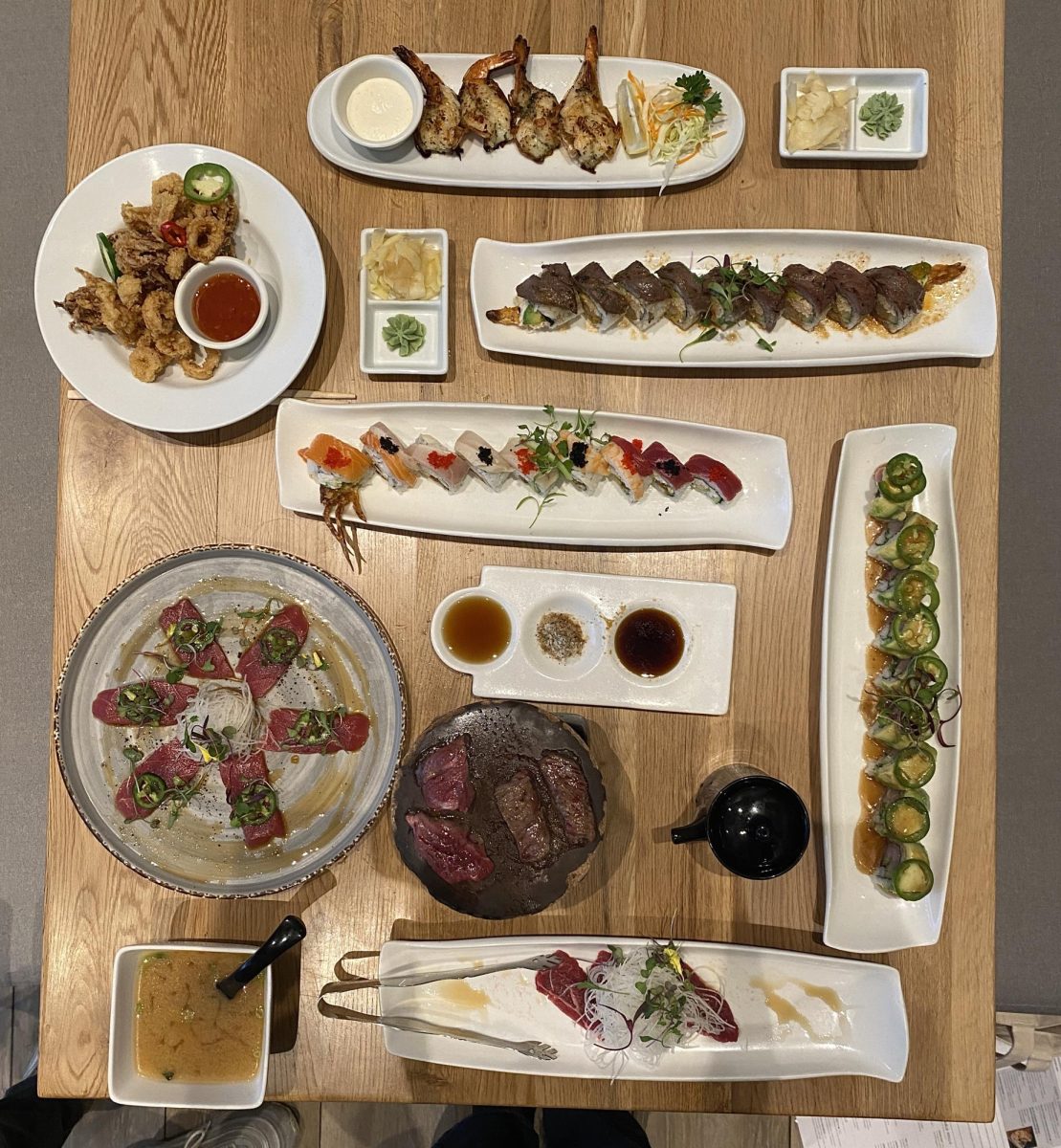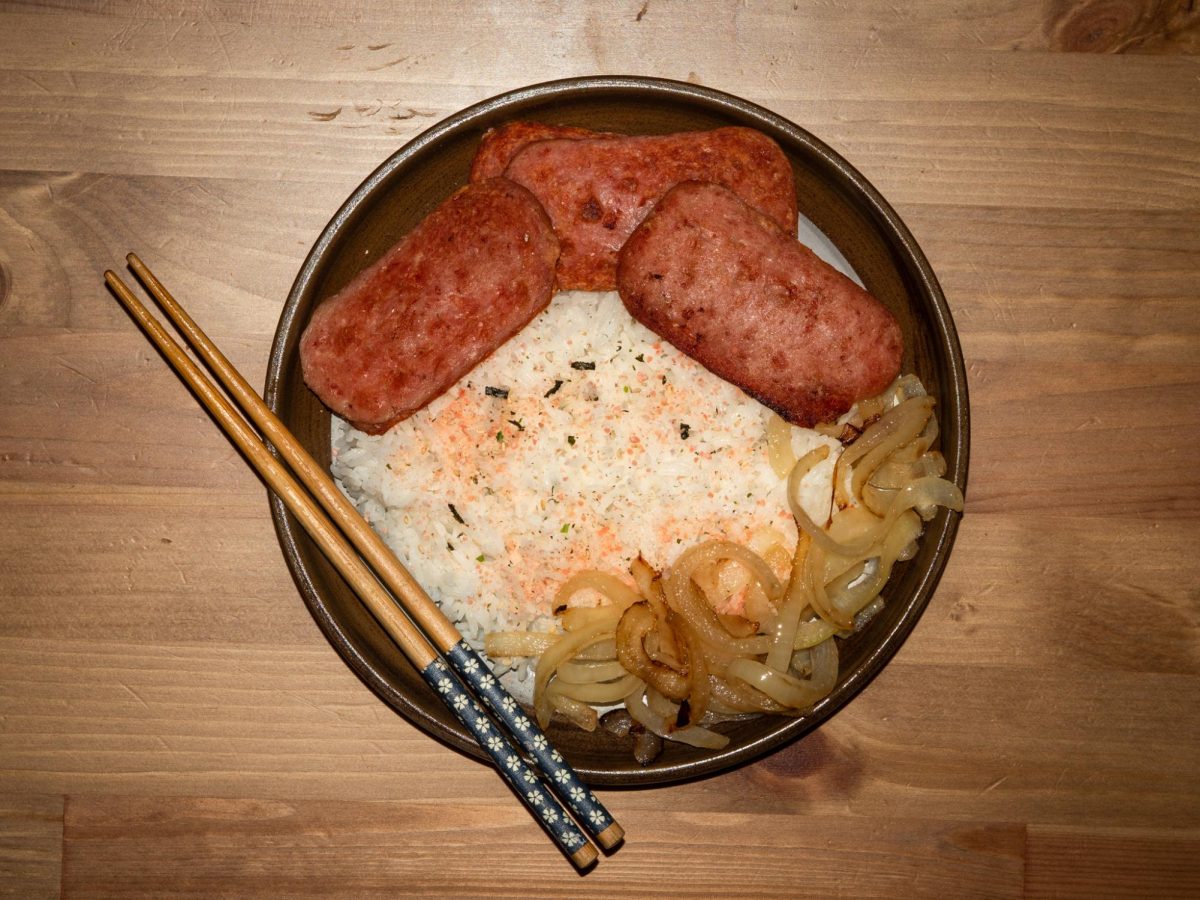We all know that plastic is a problem for our oceans and marine life, but can college students truly be plastic free? Inspired by the Plastic-Free Challenge video posted by Lucy Fink from Refinery 29, I wanted to see if living plastic-free as a college student would be more of a challenge than for the average adult. I have always been conscious of sustainability and taking better care of our earth, but sometimes as a college student, you find yourself using plastic cutlery eating take out from Price Center in a plastic container. Is it even possible for UCSD students to live plastic free?
Before I started this challenge, I already had a few products in my possession that could help me along the way. First, I have my go-to reusable metal water bottle. Obviously, many of us use refillable water bottles on campus (shout out to everyone with a trendy Hydro-flask), but we often forget how helpful this can be in keeping plastic water bottles out of our landfills. Next, I have a package of reusable metal straws that I had purchased a few months ago. When I order iced coffee on-campus, I often forget to reach into my bag and grab these straws, but thankfully many cafes on campus have switched to paper straws. However, this week I really wanted to commit to this challenge, so I put these straws back in my backpack just in case.
The best way to be sustainable is to use products you already have, but I decided to temporarily swap out products that I already owned in favor of plastic-free products to get a sense of how challenging it may be to acquire these products. One of the areas where I found the most plastic packaging was in my face, body and hair care products. My shampoo and body wash were in plastic bottles, and even my toothbrush was entirely made of plastic. Thankfully, Lush in Westfield UTC offers a variety of plastic free products in bar form, including cleanser, shampoo, body soap, and even toner. With products that were more difficult to find, I turned to Amazon, where I was able to find a bamboo toothbrush to replace my plastic one and makeup-removing towels to replace my non-reusable makeup wipes. The most challenging part of going plastic-free in this area was just acquiring the products. It didn’t feel weird or out of place to switch to these products as they were easy to use.
Let’s talk about periods. Thanks to my irregular uterus, my monthly gift decided to come early and during this week’s challenge. While I mostly stuck to my regular routine, I discovered that the plastic wrapping of tampons and pads and even the tampon and pads themselves account for a large amount of waste that makes its way to our landfills and oceans. In addition, many pad and tampon companies pump these products with absorbing and odor-cancelling chemicals that can harm marine life. Menstrual cups are often seen as the most sustainable option as they can last through years of periods. However, the thought of inserting a menstrual cup kind of freaked me out, so I wanted to see if there was anything else out there. Finally, I found Natracare, a pad and tampon brand sold at Whole Foods, that has paper or plastic-free packaging, and their pads and tampons are often free of these harmful chemicals. I also found reusable cotton pads on Amazon, which I actually purchased and tried at home, and found them to be a lot more comfortable than normal pads and far less gross than they sound.
Despite my best efforts, I failed multiple times throughout this plastic-free challenge. When I ordered my iced coffee at a coffee cart and popped my metal straw in, I realized my cup and lid were plastic. Trader Joe’s, my grocery store of choice, often keeps my favorite fruits and vegetables in plastic packaging, which is something I completely forgot to account for. Finally, when I went to the thrift store inspired by my sustainability kick, it wasn’t until I left the store that I realized my new clothes were in a plastic Goodwill bag that I really didn’t need.
So can college students be plastic free? My answer is not entirely. While we can be conscious of our choices and try our best to be sustainable, it’s important to note that sustainable products are often viewed as trendy and therefore, the price of these products are hiked up. For a college student on a budget, fancy Lush shampoos may not be feasible. Additionally, we live in a world where plastic packaging is so ingrained in our culture that it’s easy for plastic to slip into our day-to-day life, as seen by my slip-ups this week. It wasn’t like I consciously chose to break my rule, but it just happened, often without realizing that I take plastic for granted. It is possible to make a change — no matter how small — if we take proactive measures every day. While you don’t have to go 100 percent plastic free, I think the best we can do as humans in this world is to be sustainable when we can, and splurge on more expensive, sustainable products wherever possible to show major companies that we prioritize sustainability. With time, maybe a sustainable future can become our new reality.








